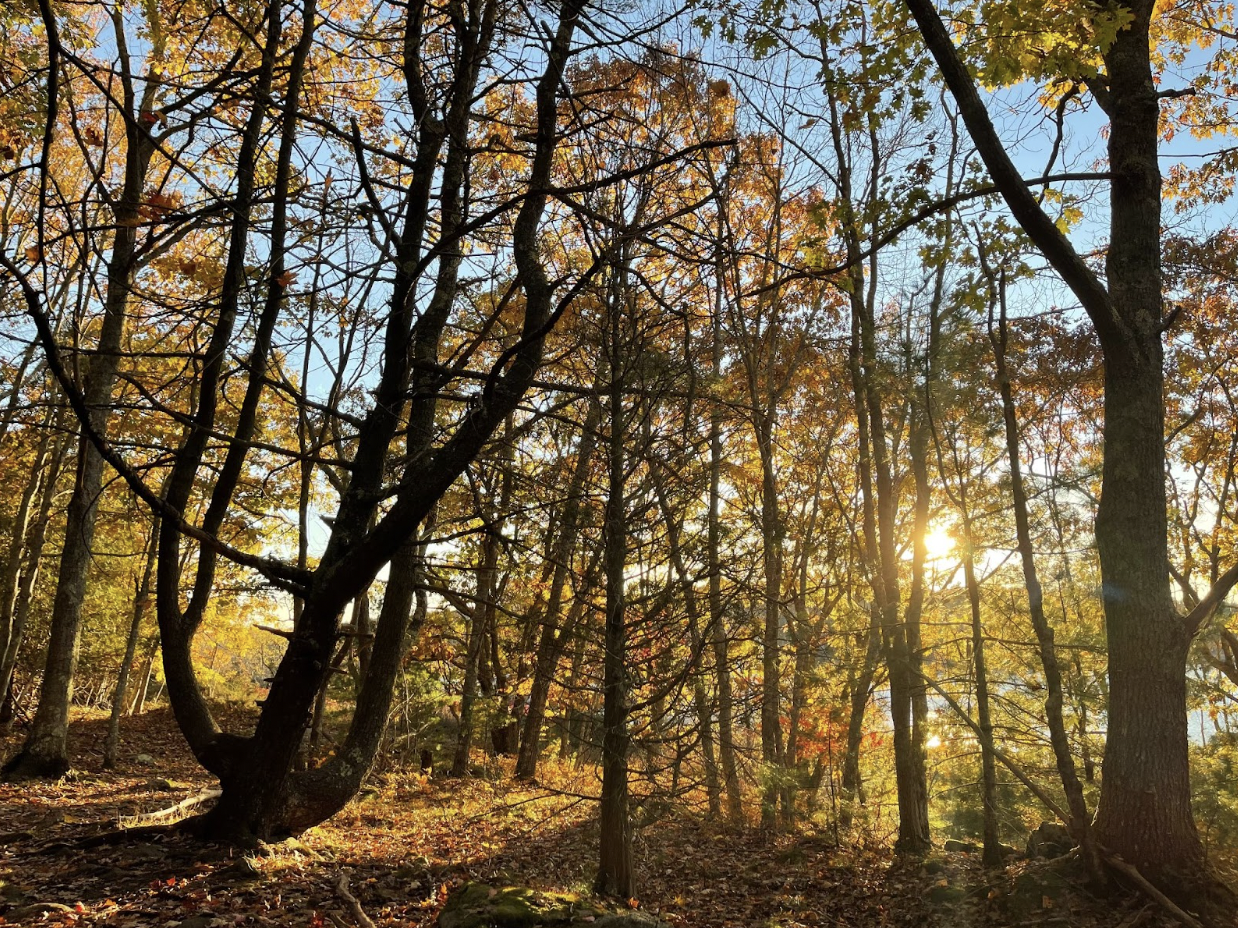Exploring the Pillars of Forestry and How They Apply to Maine
Forestry, in its simplest definition, is the science and craft of creating, managing, using, conserving, and repairing forests and associated resources to meet desired goals, needs, and values for human benefit. From aiding biodiversity to supporting local economies, the importance of forestry in our world today cannot be overstated. But what does it truly encompass, and what differentiates sustainable forestry from urban forestry? Let’s dive into the multifaceted world of forestry.
What Are the Pillars of Forestry?
Sustainable forestry goes beyond the simple act of planting trees; it’s a multi-faceted approach that aims to maintain the health, biodiversity, and productivity of our forests now and for future generations. This approach is founded on three fundamental pillars – Ecological Sustainability, Social Sustainability, and Economic Sustainability. These pillars are deeply interconnected, each playing a crucial role in sustaining the long-term well-being of our forests.
Ecological Sustainability
Ecological sustainability in forestry centers around maintaining and promoting biodiversity and forest vitality. The objective is to manage forests in a manner that allows all species within these ecosystems to thrive. Practices aimed at ecological sustainability include:
- Ensuring the long-term availability of renewable resources by managing forests sustainably.
- Protecting and enhancing biodiversity by creating and maintaining habitats suitable for a wide range of species.
- Mitigating global warming by managing forests to maximize carbon sequestration.
- Ensuring regeneration capacity by leaving seed trees and using other regeneration techniques.
Social Sustainability
Social sustainability in forestry acknowledges the societal roles of forests and the forest sector. It involves responsibilities towards communities, employees, and society as a whole. Key facets of social sustainability include:
- Ensuring forestry-related employment and contributing to rural economies, thus enabling people to live and work across different parts of a region.
- Making forests a hub for recreation and outdoor activities, fostering a societal connection to nature and promoting wellbeing.
- Educating the public about the importance of forests and the role of sustainable forestry in preserving these vital ecosystems.
Economic Sustainability
Economic sustainability in forestry revolves around using forests in a responsible, profitable way that ensures long-term economic value. The goal here is to drive sustainable economic growth based on renewable biobased materials while also creating competitiveness for future generations. Key aspects include:
- Promoting the sustainable use of forest products to drive economic growth.
- Enhancing the value of forests through responsible and sustainable forest management practices.
- Embracing innovative technologies and practices to increase efficiency and reduce environmental impacts.
These three pillars of forestry – ecological, social, and economic – are intertwined, and balancing them is essential to achieving true sustainability. As the diagram below illustrates, each pillar depends on and influences the others. Economic prosperity is underpinned by a healthy society, which in turn relies on a robust and flourishing environment.
What Are Common Branches of Forestry?
Forestry extends far beyond managing traditional woodland areas. It incorporates diverse aspects, including sustainable forestry, urban forestry, community forestry, agroforestry, and industrial forestry.
Sustainable Forestry
Sustainable forestry is the management of forests in a way that maintains their biodiversity, productivity, regeneration capacity, and vitality. It ensures the potential to fulfill relevant ecological, economic, and social functions, both now and in the future. This approach is a pillar of best forestry practices, bridging the gap between our current needs and the needs of future generations.
Urban Forestry
Urban forestry is the management of trees and forest stands in urban areas for their physiological, sociological, and economic benefits. Trees in cities are crucial for improving air quality, reducing noise pollution, and enhancing the quality of life for residents.
Community Forestry
Community forestry is a branch of forestry where local communities play a significant role in forest management and decision-making. This approach emphasizes sustainable forest management by local people, for local people.
Agroforestry
Agroforestry is a land use management system in which trees or shrubs are grown around or among crops or pastureland. This intentional combination of agriculture and forestry techniques aims to create a more diverse, productive, healthy, and sustainable land-use system.
Industrial Forestry
Industrial forestry primarily focuses on the commercial production and management of trees for timber and pulp. This branch of forestry involves practices like timber harvesting and reforestation.

Are There Regional Differences in Forestry Practices?
Forestry practices can significantly differ from region to region based on factors like climate, soil, topography, and biodiversity. In this context, we can take a closer look at Maine forestry and broader New England forestry.
Maine Forestry
Maine forestry refers to the forest management practices specific to the state of Maine. The unique climate, soil, and biodiversity make Maine forestry a distinct practice. From managing timber harvesting to preserving habitats for Maine’s wildlife, forestry plays a crucial role in the local ecology and economy.
New England Forestry
In the broader New England area, forestry takes on additional dimensions. The region’s varied landscape, from coastal plains to mountainous terrain, requires a diverse approach to forest management. New England forestry not only focuses on timber production and wildlife conservation but also on recreational aspects, given the area’s popularity for outdoor activities.
Roles in Forestry
When it comes to forestry roles, there’s a spectrum that ranges from hands-on forestry services to more theoretical and educational roles in forestry schools.
Forestry services focus on the practical management and conservation of forests. They oversee tree planting, growth, and logging and maintain the health of forests by monitoring wildlife, disease, and fire risks. In a more urban context, forestry services may involve tree planting in city parks or managing trees along streets and residential areas.
Conversely, forestry school is where individuals learn about these practices. Aspiring foresters learn about everything from plant biology to advanced forest management strategies. They may specialize in areas like urban forestry or sustainable forestry, equipping themselves to tackle the unique challenges of these fields.
Best Forestry Practices
In the forestry industry, there are established best practices that professionals strive to uphold. These include practices like selective cutting, where only certain trees are removed to promote the growth of others and the protection of water quality during logging operations. Sustainable forestry practices also involve creating and maintaining wildlife habitats, which is crucial for preserving biodiversity.
The Future of Forestry
As we face increasing environmental changes, the role of forestry is set to become even more crucial. Practices like sustainable and urban forestry are likely to play increasingly important roles in mitigating climate change and making our cities more livable. In addition, advancements in technology and understanding of forest ecosystems will continue to shape the future of forestry, making it an ever-evolving field.
What This Means For Maine Landowners
Forestry is much more than a sector; it’s an intricate field with vast specializations, including sustainable and urban forestry. The industry’s role in managing and preserving our forests, through hands-on forestry services or educational programs at forestry schools, is not just essential, it’s critical – perhaps more now than ever before.
At its core, forestry isn’t just about utilizing our forests as resources. It’s about comprehending and respecting these complex ecosystems’ needs. It’s about working in harmony with them, ensuring their health, and optimizing their potential, all while preserving their intricate balance.
Working with Tall Pines: Your Partner For Sustainable Forestry in Maine
Are you a landowner in Maine? Do you cherish the forests that adorn your land but aren’t quite sure how to manage them optimally? That’s where Tall Pines comes in. We believe in nurturing the natural ecosystems and value the role that landowners like you play in this crucial mission.
At Tall Pines, we understand that sustainable forestry is more than a buzzword. It’s a commitment, an approach to forestry that balances the ecological, social, and economic pillars to maintain the health, vitality, and productivity of forests for generations to come.
Partnering with us means you will have an expert by your side who understands the unique demands of Maine’s diverse forest ecosystems. We don’t believe in a one-size-fits-all approach. Instead, we work closely with you, understanding your specific needs, goals, and values to devise a custom, sustainable forestry plan. Reach out today to get started.


0 Comments